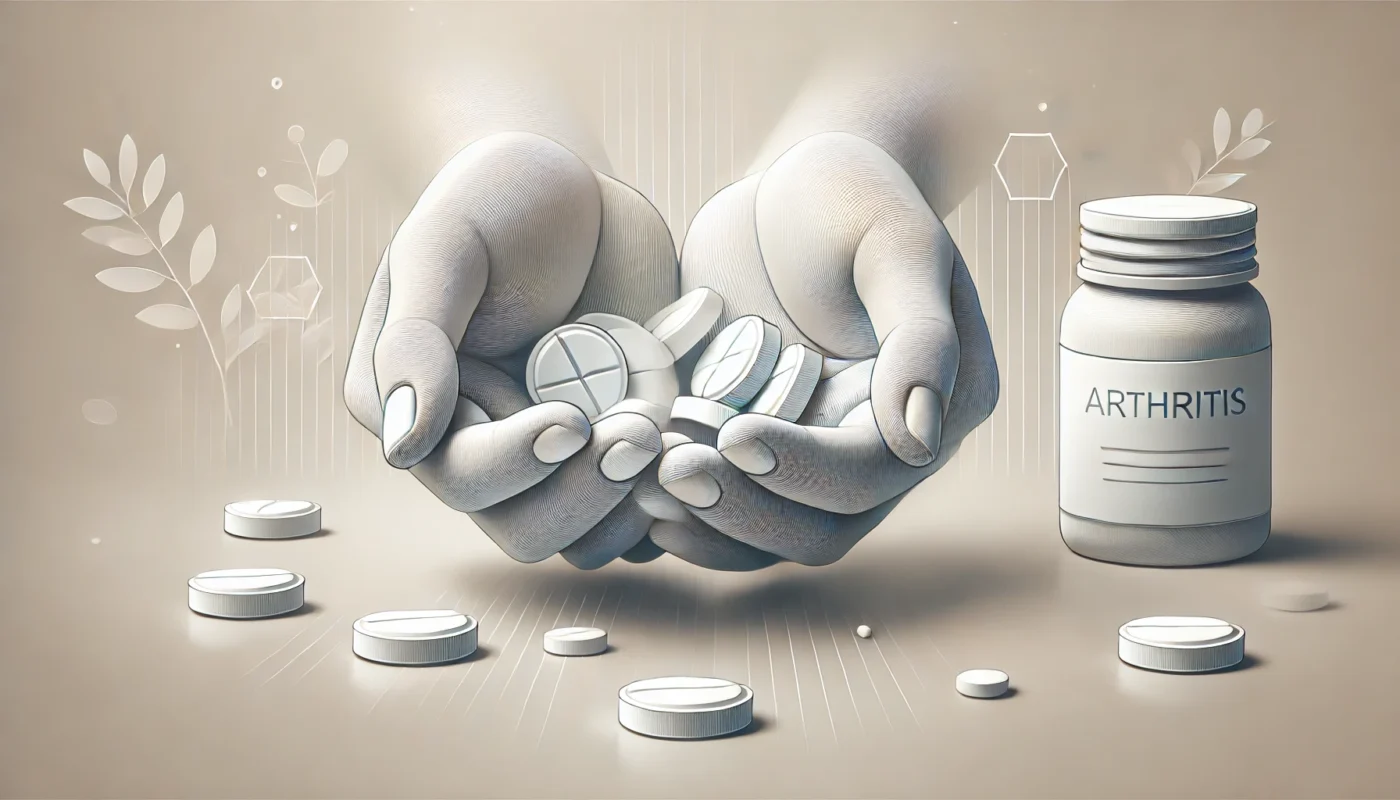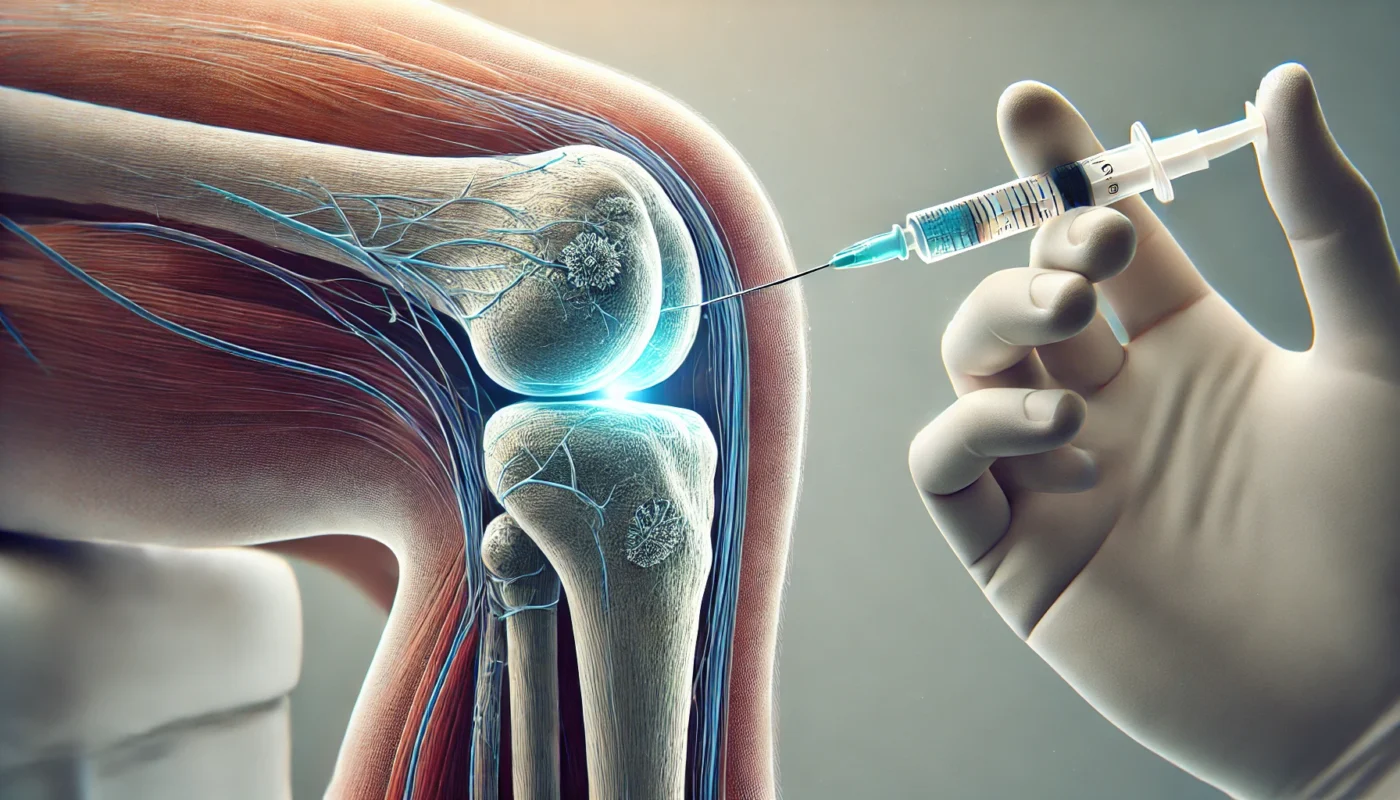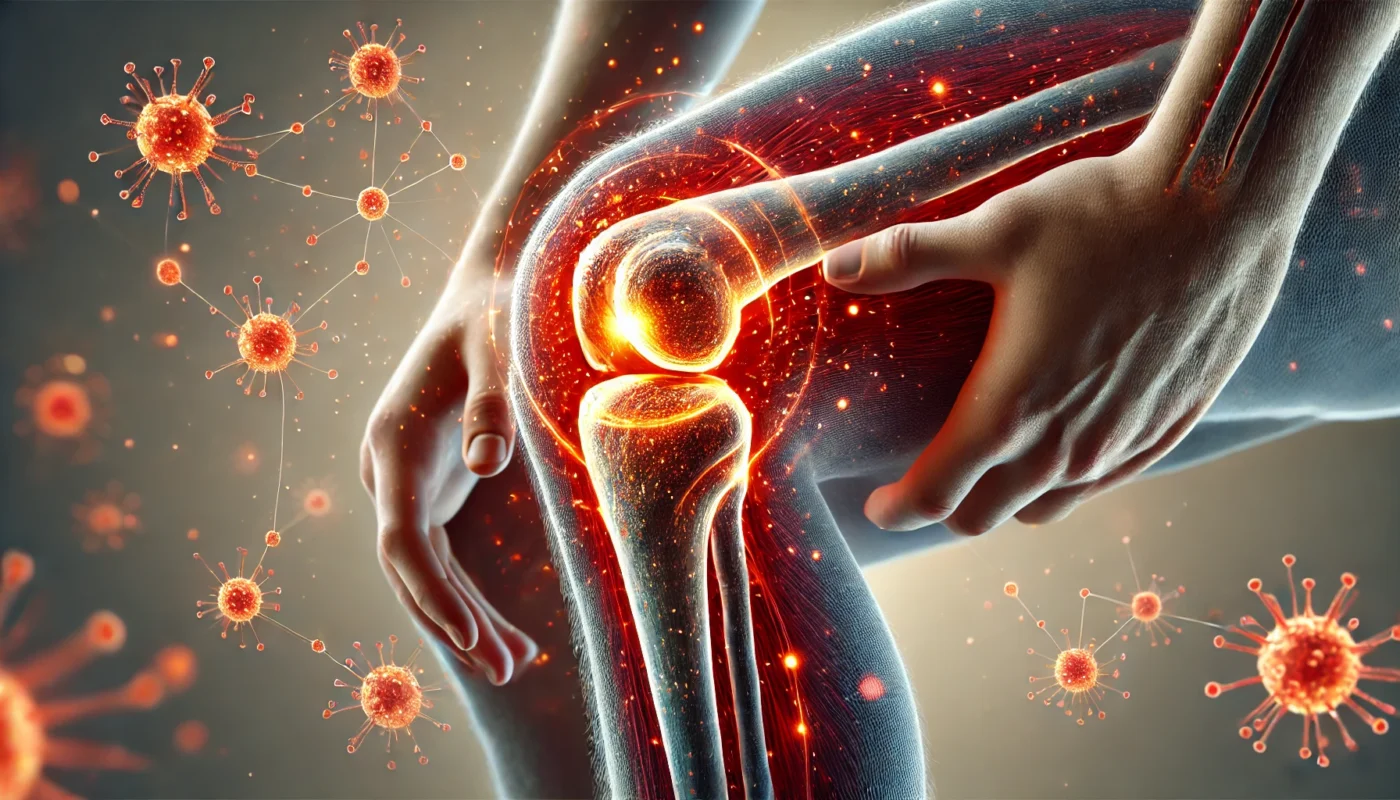Whether you’re a seasoned athlete or a fitness novice, understanding the importance of recovery after exercise is crucial. Recovery not only helps prevent injuries but also enhances performance by allowing muscles to rebuild and strengthen. Let’s delve into some effective strategies for quick workout recovery that blend scientific insight with holistic approaches.
Tag Archives: acupuncture
Arthritis is a prevalent condition that significantly impacts the quality of life for millions of individuals worldwide. While many factors contribute to the development and progression of arthritis, recent research has highlighted the influence of specific proteins. This article delves into the intricate relationship between proteins and arthritis, examining how certain proteins can exacerbate joint pain and inflammation, and providing insights into holistic strategies for managing these effects.
Arthritis is a common condition that causes pain and inflammation in the joints. It affects millions of people worldwide, impacting their quality of life.
One of the most frequently asked questions is, “Is Tylenol good for arthritis?”
Tylenol, also known as acetaminophen, is a popular over-the-counter medication. It’s often used to relieve mild to moderate pain and reduce fever. But how effective is it for arthritis pain?
This article aims to explore the effectiveness of Tylenol in managing arthritis pain. We’ll delve into the science behind how Tylenol works and compare it with other pain relievers like ibuprofen and Advil.
We’ll also provide practical advice on how to use these medications safely and effectively. Our goal is to help you make informed decisions about your health and wellness.
Whether you’re a fitness enthusiast, a health enthusiast, or a medical patient, this article is designed to provide you with detailed, practical, and scientifically-backed information.
So, let’s begin our exploration of Tylenol’s effectiveness for arthritis pain.
Knee arthritis is a common ailment that can significantly impact quality of life. It’s a condition that can cause pain, stiffness, and reduced mobility.
But what if there were innovative treatments that could provide the best relief for arthritis in the knee?
This article aims to shed light on these treatments. We’ll delve into the latest scientific research and provide practical strategies for managing knee arthritis.
We’ll explore conventional treatments, such as NSAIDs and physical therapy. We’ll also discuss dietary strategies and supplements that can support joint health.
In addition, we’ll examine innovative non-surgical interventions. These include hyaluronic acid injections, corticosteroid injections, and even stem cell therapies.
We’ll also look at alternative and complementary therapies. These include acupuncture, mindfulness, yoga, and thermal therapies.
By the end of this article, you’ll have a comprehensive understanding of the various approaches to managing knee arthritis. You’ll be equipped with the knowledge to make informed decisions about your health.
Let’s dive in and explore these innovative treatments for knee arthritis management.
Joint inflammation is a common health concern. It can cause discomfort, limit mobility, and significantly impact quality of life.
Understanding the causes and solutions for joint inflammation is crucial. It can help you manage symptoms and maintain an active lifestyle.
This article aims to provide a comprehensive overview of joint inflammation. We’ll delve into its causes, symptoms, and the role of the immune system.
We’ll also explore both pharmaceutical and alternative approaches to managing joint inflammation. This includes over-the-counter medications, prescription drugs, and natural remedies.
We’ll discuss the role of diet, exercise, and lifestyle changes in managing joint inflammation. We’ll also provide practical tips for creating a personalized management plan.
Whether you’re a fitness enthusiast, a health enthusiast, or a medical patient, this article is for you. It’s designed to help you understand and manage joint inflammation effectively.
By the end of this article, you’ll have a better understanding of joint inflammation. You’ll also have practical strategies to manage it and improve your wellbeing. Let’s dive in.
Muscle strains can be a real pain. They can disrupt your daily routine, hinder your fitness goals, and even impact your overall wellbeing.
Understanding the best remedies for muscle strain relief is crucial. It can help you manage the discomfort and expedite your recovery process.
This article aims to be your comprehensive guide. We’ll delve into the science behind various medications and holistic approaches. We’ll provide clear, actionable strategies to help you recover from muscle strains.
Whether you’re a fitness enthusiast, a health enthusiast, or a medical patient, this guide is for you. We’ll help you navigate the complex world of muscle strain treatments.
We’ll discuss over-the-counter medications, like ibuprofen and acetaminophen. We’ll explore their effectiveness and potential side effects.
We’ll also look at natural remedies and alternative therapies. We’ll examine their role in muscle strain recovery and pain management.
By the end of this guide, you’ll have a better understanding of muscle strain treatments. You’ll be equipped with practical tips to manage and recover from muscle strains. Let’s dive in and explore the top remedies for muscle strain relief.
Pain is a universal experience. It’s a signal from our body that something is not right.
Over-the-counter (OTC) pain relievers are often our first line of defense. They are readily available and can effectively manage various types of pain.
But with so many options, how do you know which one is the best for you?
This article aims to shed light on this question. We will delve into the world of OTC pain relievers, comparing their effectiveness, uses, and potential side effects.
We will focus on the most common ones: acetaminophen, ibuprofen, naproxen, and aspirin. We’ll explore their mechanisms of action and their suitability for different types of pain.
Whether you’re a fitness enthusiast dealing with muscle pain, a health enthusiast seeking to optimize your wellness, or a medical patient managing a health condition, this article is for you.
By the end, you’ll have a comprehensive understanding of OTC pain relievers. You’ll be equipped to make an informed decision about managing your pain effectively and safely.
Muscle soreness is a common aftermath of an intense workout or physical exertion. It’s a sign that your muscles are adapting and growing stronger. But when the aches linger, they can hinder your daily activities and workout routine.
Over-the-counter pain relievers like Tylenol are often reached for to ease the discomfort. But how effective is Tylenol for muscle recovery? And how does it compare to other pain relievers like ibuprofen?
This article aims to answer these questions. We’ll delve into the science behind muscle soreness and recovery, and the role of pain relievers in this process. We’ll explore the mechanisms of action of Tylenol and ibuprofen, and provide practical tips on their use for muscle soreness.
We’ll also look at alternative approaches to managing muscle soreness, including natural remedies and non-pharmacological therapies. We’ll discuss the importance of rest, nutrition, and hydration in recovery, and provide strategies to prevent muscle soreness.
Finally, we’ll guide you on how to understand and interpret research on muscle recovery. Our goal is to provide a comprehensive guide to understanding and managing muscle soreness, whether you’re a fitness enthusiast, a health enthusiast, or a medical patient.
So, let’s dive in and unravel the role of Tylenol in muscle recovery.
Joint inflammation can be a significant hurdle in the pursuit of an active and healthy lifestyle. It’s a common issue that can stem from various causes, including arthritis, injury, or overuse.
Understanding the science behind joint inflammation is crucial. It can help you make informed decisions about your health and wellness.
This article aims to shed light on natural remedies for managing joint inflammation. We’ll delve into the research behind these remedies, providing a comprehensive guide for those seeking relief from joint pain.
We’ll explore dietary strategies, highlighting foods known for their anti-inflammatory properties. We’ll also discuss the role of physical activity and the importance of rest and recovery for inflamed joints.
Natural supplements and herbs will be another focus. We’ll examine the benefits of Omega-3 fatty acids, antioxidants, and herbal remedies like turmeric and ginger.
Alternative therapies such as acupuncture, massage, and mind-body practices will also be discussed. We’ll look at their effectiveness in managing joint inflammation and improving overall wellbeing.
Lastly, we’ll touch on the integration of these natural remedies with traditional treatments. We’ll emphasize the importance of consulting with healthcare providers to ensure a safe and effective approach to joint inflammation management.
Embark on this journey with us to discover how you can manage joint inflammation naturally and effectively.
The journey of motherhood is a beautiful one. It’s filled with joy, love, and a fair share of challenges. One such challenge is the hormonal changes that occur postpartum.
These changes can affect a new mother’s physical and emotional wellbeing. They can lead to mood swings, fatigue, and other symptoms that can be difficult to manage.
Understanding these changes is the first step towards managing them. It’s crucial to know that these hormonal fluctuations are a normal part of the postpartum period.
However, achieving a balance in these hormones can significantly improve your overall wellbeing. This article aims to provide effective strategies for balancing postpartum hormones.
We will delve into the science behind these hormonal changes. We’ll explore the roles of different hormones and how they impact your body postpartum.










